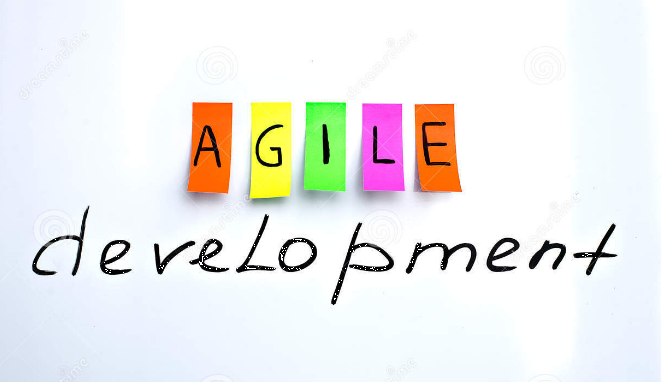.png)
htly different when following the agile methodology. Agile promotes rapid iterations and flexibility, so with this in mind, many of the robust documents we see in the traditional Software Testing Life Cycle are skipped. Let’s look at what a Testing Life Cycle might look like for an agile team.
1. Sprint Planning
Sprints help software teams take large complex projects and break them into smaller, more manageable work units. The sprint planning session is a pre-determined meeting where product managers, developers, and testers discuss the feasibility and scope of work for the next sprint. This is where the team will get an understanding of what exactly needs to be tested.
2. Test Case Design
The testers determine how they will test the software in this phase. Options include documenting and writing test cases, conducting exploratory testing, or something more lightweight, like a checklist.
3. Test Execution
Testing begins once the development has concluded and the code is available for testing in QA. This might involve a dedicated testing team or the developers testing the code they wrote. Agile is flexible and constantly moving, so depending on team structure, the testing phase might involve a range of differently skilled people.
4. Regression and Deployment
It’s essential to ensure any new changes haven’t negatively impacted existing functionality. Therefore, regression testing is necessary during this closing phase before final verification and deployment.
What happens if you don’t follow the STLC?
Whatever your team structure, it’s important to establish guidelines around how you plan, design, conduct, and report on software testing. By not using the Software Testing Life Cycle, you risk wasting time and money and disappointing customers.
If quality assurance is an afterthought, your software will likely have many defects. Bring quality to the forefront by following a set of Software Testing Life Cycle phases that work for your team.
Conclusion
The Software Testing Life Cycle varies across teams and companies, but it exists for a good reason. It enables teams to plan work accurately and helps set expectations with customers on timelines and budgets. It also delivers structure for building a quality assurance program from the ground up. Product owners, engineers, and designers should be familiar with the STLC to work in harmony with their teams. No matter how your team works, the Software Testing Life Cycle will align you with your peers and enable a stronger team with higher performance.
For Free, Demo classes Call: +91-8149911142
Registration Link: Click Here!
Mentor - Komal Bhutale
Intormation and research are sources from internet.

